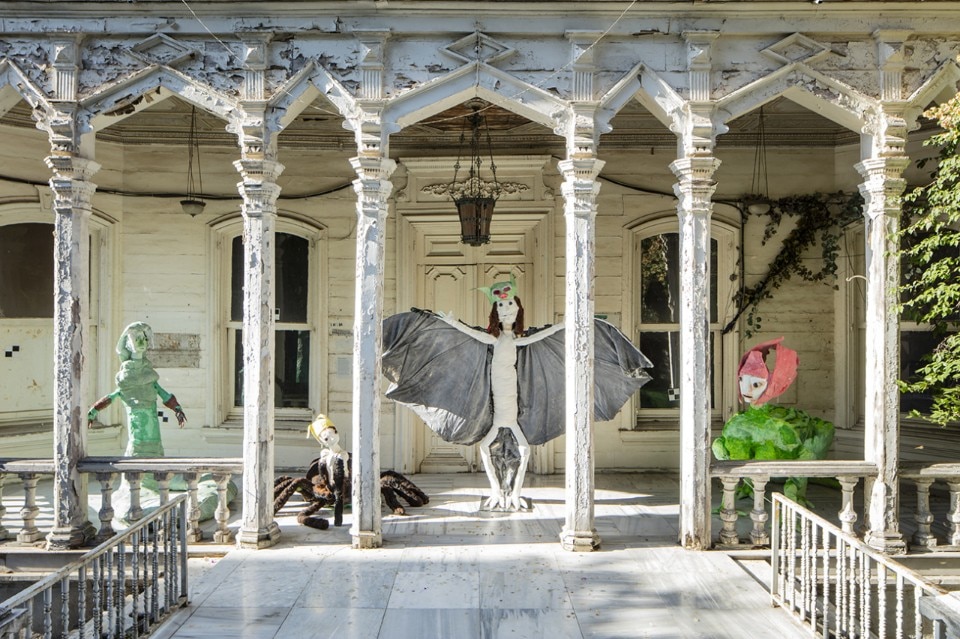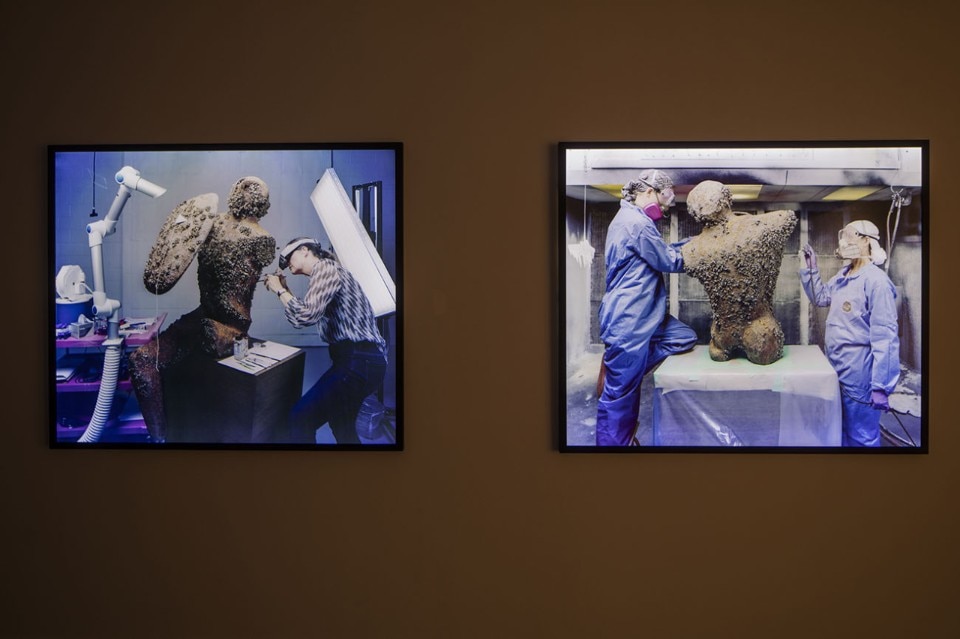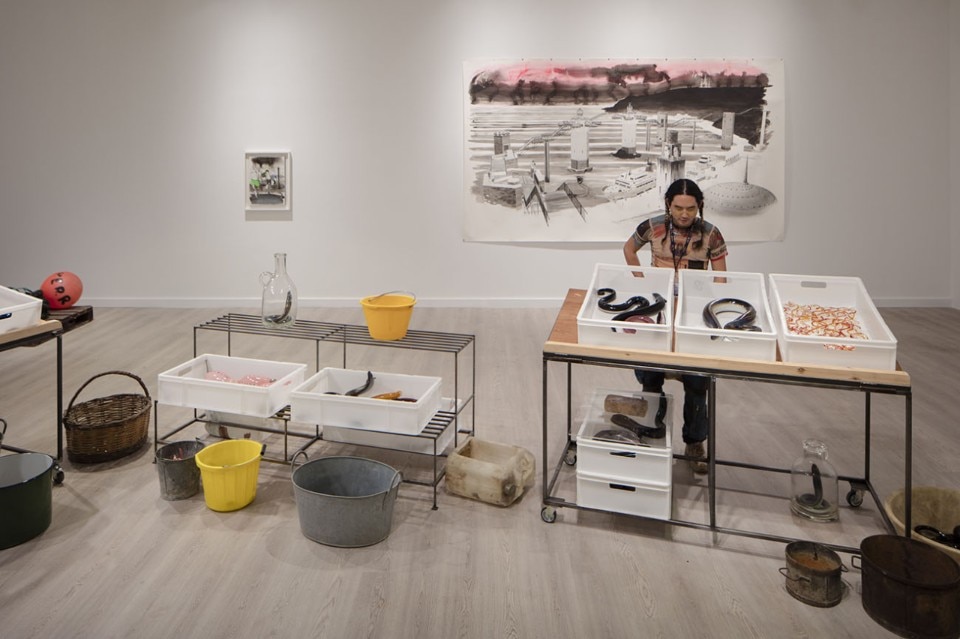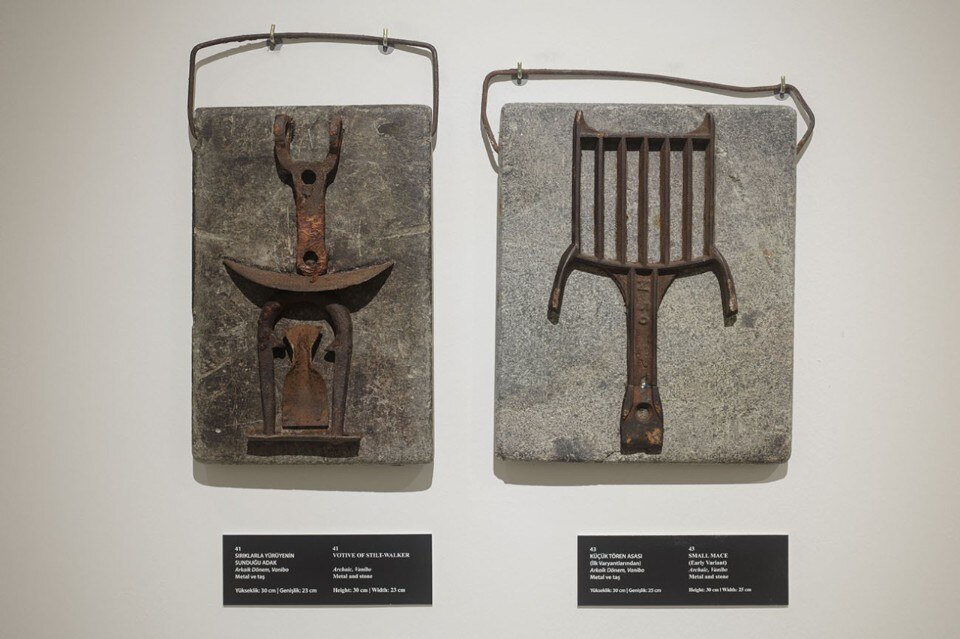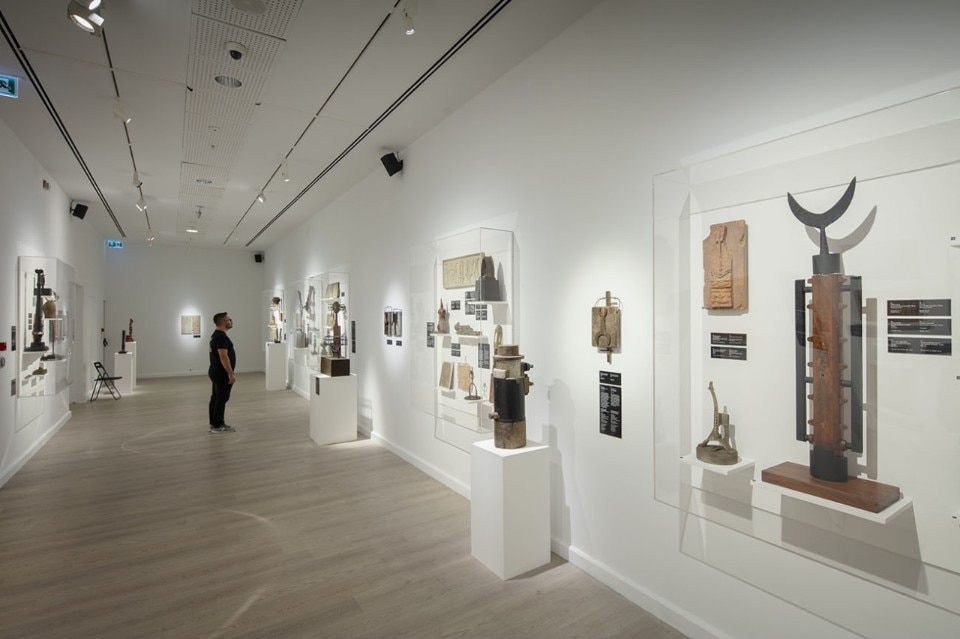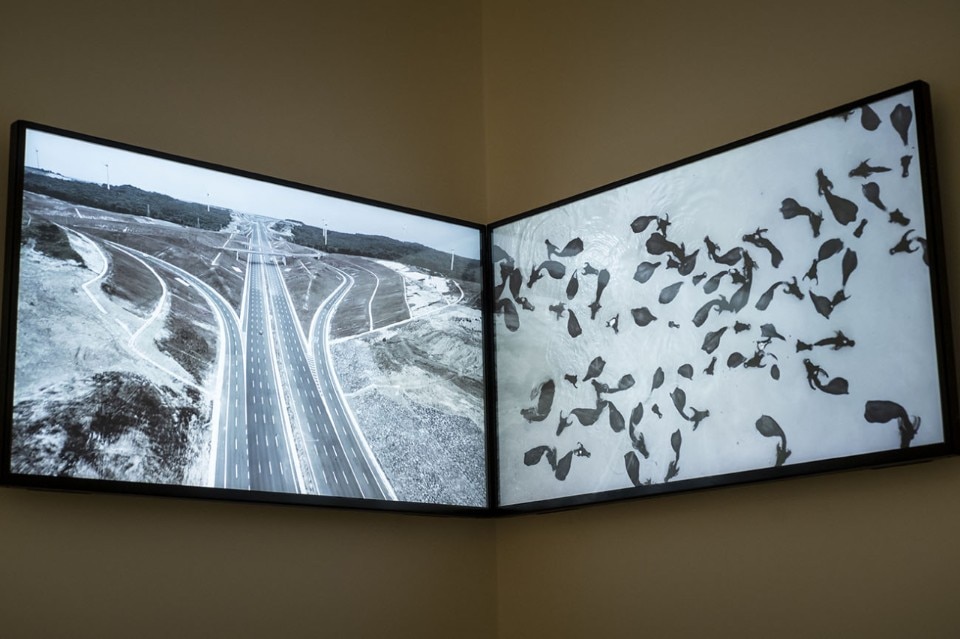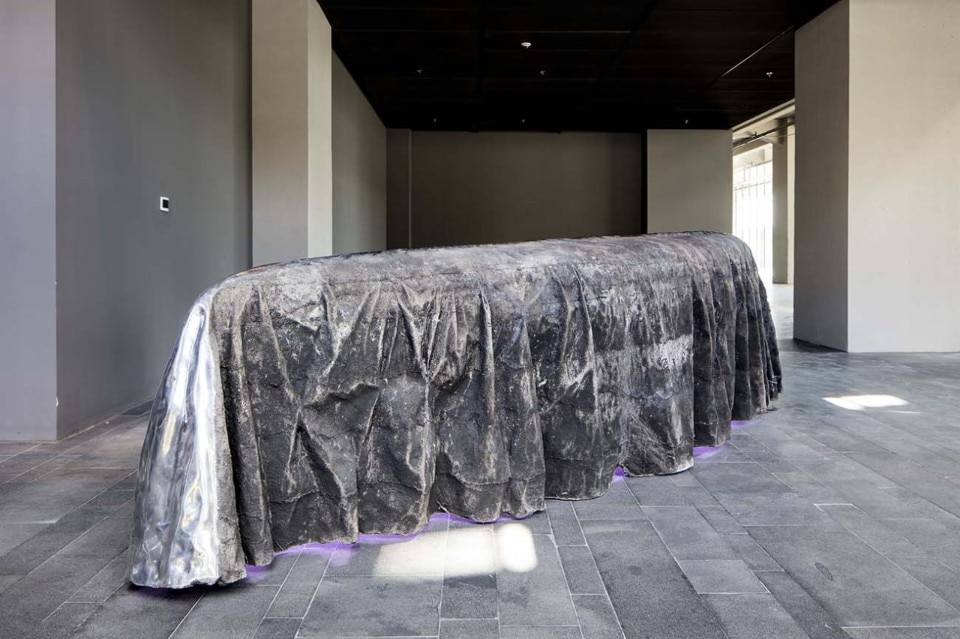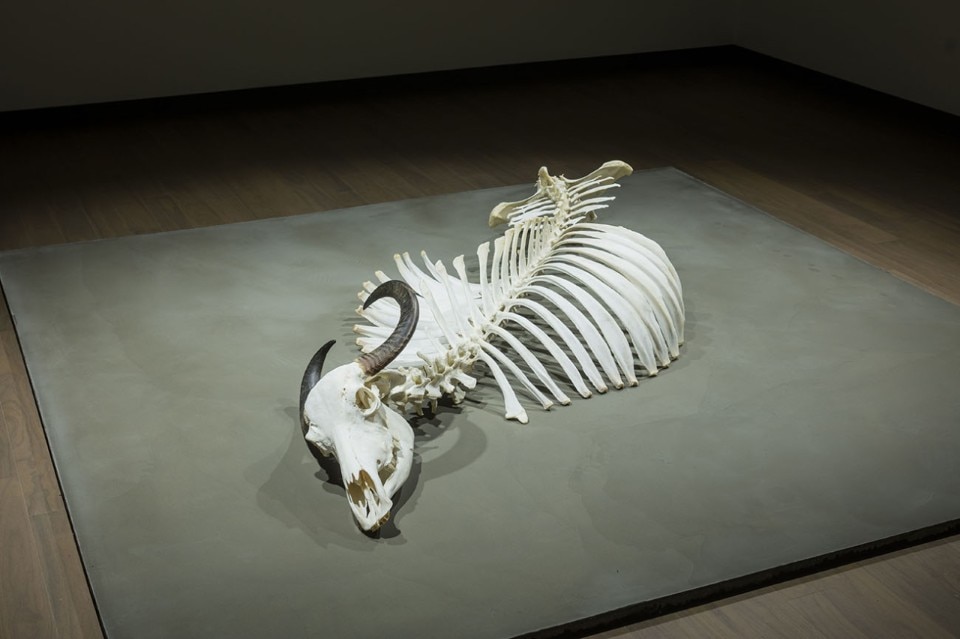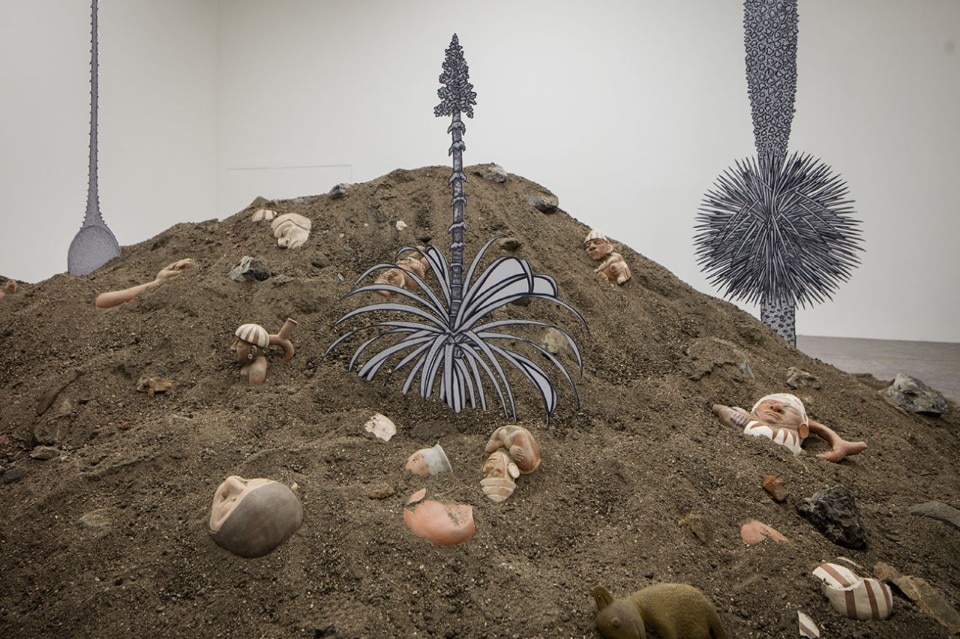The Seventh Continent draws its title from the Great Pacific garbage patch, a spiteful mass of mostly plastic debris, roughly 3.4 million square kilometers large, adrift in the Pacific Ocean. On occasion of the 16th Istanbul Biennial curated by Nicolas Bourriaud, this phenomenon of a human-consequence continent of garbage in the middle of the ocean will serve as a starting point for discussions and debates by artists, thinkers, anthropologists, and environmentalists on the current position of art against ecological challenges. The Seventh Continent embeds contemporary art as a form of scenographic language recording the impact of humans, the ways they follow, the marks they leave behind, and their interaction with the non-human.
In Istanbul, the Biennial has had a range of direct influences. It established new relationships with both art spaces and public spaces, and criticality as an element of local art making has become widespread across the art scene because of the lasting influence of and debate about the Biennial. Non-profit art spaces or huge art fairs, the gaze of organizers, directors, and managers have turned towards an investigation into the movement of ‘sentient beings’ and the directions in which they are pulled by larger matters at hand.
Each venue that hosts the biennial represents a different facet of the exhibition. Pera Museum, for instance, has transformed into an anthropology museum of parallel worlds, a place for fake-archaeology and artists who reinvent history. As part of the Istanbul Biennial, Pera Museum exhibits the works of 13 artists that rediscover the past. The neo-classical building of the museum, in the heart of the city, featuring Suna and İnan Kıraç Foundation Orientalist Paintings Collection, Anatolian Weights and Measures Collection, and Kütahya Tiles and Ceramics Collection, is the second venue for the Biennial, and it has been transformed into a fictional archaeology, where artists reinvented the past.
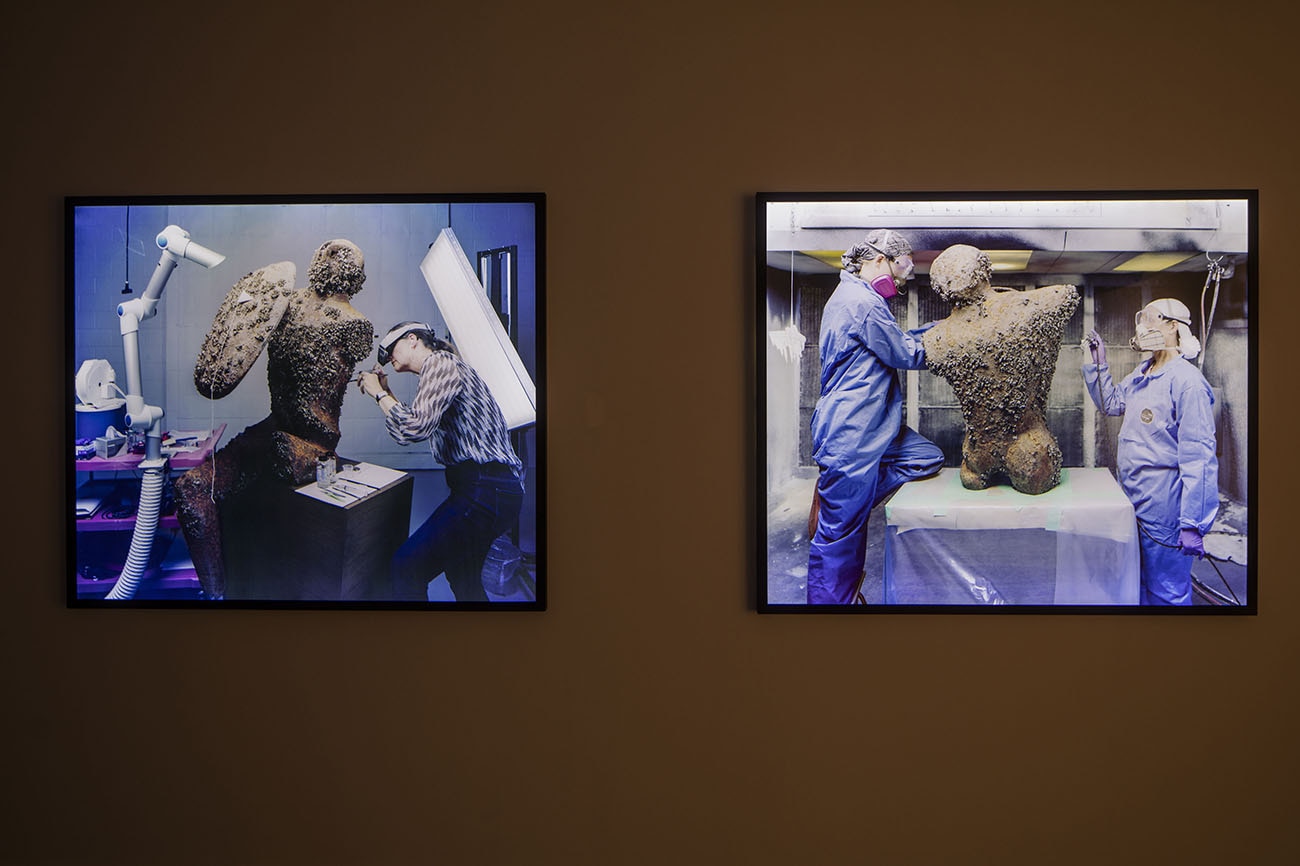
The lists of artists include Anzo, Pia Arke, Charles Avery, Norman Daly, Ernst Haeckel, Evru/Zush, Sanam Khatibi, Melvin Moti, Glauco Rodrigues, Luigi Serafini, Paul Sietsema, Simon Starling, and Piotr Uklański. Daly and Avery have each conjured new, pompous planet, while Uklański explores a history between Poland and Turkey that is sometimes based on factual data and sometimes it’s entirely fictitious. The message of the whole Biennial is that now, in this new world, we are all aliens, aliens from each other, the curator remarks, and we had better get used to it, and make from it something vital and viable. In a similar method of speculative analysis to that applied to the alienization, each artist pierces through the spaces as a means to ascertain the truth, here performed as a means to regain it, bringing the history of aesthetic contemporary languages and colonial influences to the fore.
Bourriaud theorized a methodology to define a form of art that established new ways of interaction between subjects, human subjects, that is. The Seventh Continent is an attempt to expand the definition of the subject by incorporating other entities: humans, plants, animals, trees, rocks, minerals. Unlike the traditional definition, these “others” are not a passive but an active force, subjects that have the ability to speak, affect, and change their interlocutors.
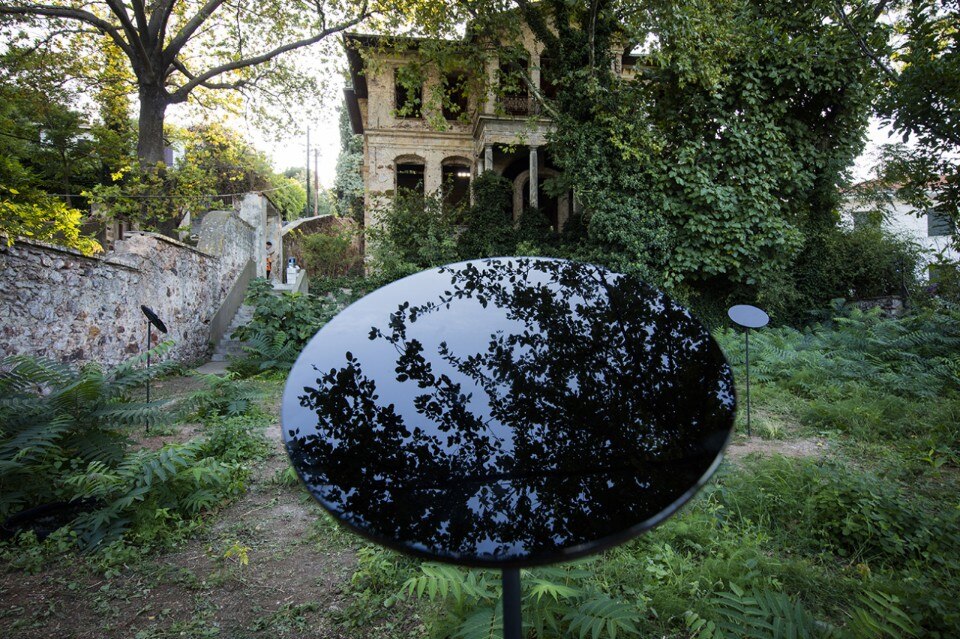
The biennial’s main venue is the Painting and Sculpture Museum of the Mimar Sinan Fine Arts University, a huge, four-story former warehouse on a waterfront in the centre of Istanbul. The exhibition is articulated around two main conceptual paths, which deconstruct deeply rooted narratives that have shaped contemporary society. These paths aim to expose power relations and their bitter consequences and to build new understandings. They operate dialectically by triggering new encounters between humans and other entities. A substantial number of works are concentrated here, and almost all of them have their own rooms, which allows them to constitute their own worlds and opens the exhibition to endless possibilities. This occurs through the play of form, which anchors the ramifications of these historically generated questions to the circumstances currently facing artistic production in a globally mobile world. As such, they put artworks forward as relevant primary sources in their own right. As a kind of energetic system, Extrakorporal (2019) a sculptural installation by the duo Pakui Hardware (Neringa Černiauskaitė and Ugnius Gelguda) dismember a metaphoric body in the age of synthetic biology and regenerative medicine. Machine for Restoring Empathy (2019), by Eva Kot’atková, is composed by pieces of fabric and it represents a laboratory-shelter in order to restore and fix: people, animals, plants, and objects. Gold and smile (2019) by David Douard, introduces magnets, aluminium, metal chains, plastic and ceramics, in order to dismantle elements and components of our modern era. Ungrounding Land – Ljavek Trilogy (2018), by En Man Chang, focuses on unseen human labour and the forced displacement of the proletariat subjected to urban planning decisions of the Paiwan Ljavek community in Taiwan. While, History of a particular nameless creek [Pinna Nobilis] (2019) by Elmas Deniz draws attention the beauty of the lost ecosystem of the ancient site of Gryneion, documenting Istanbul’s urban layers.
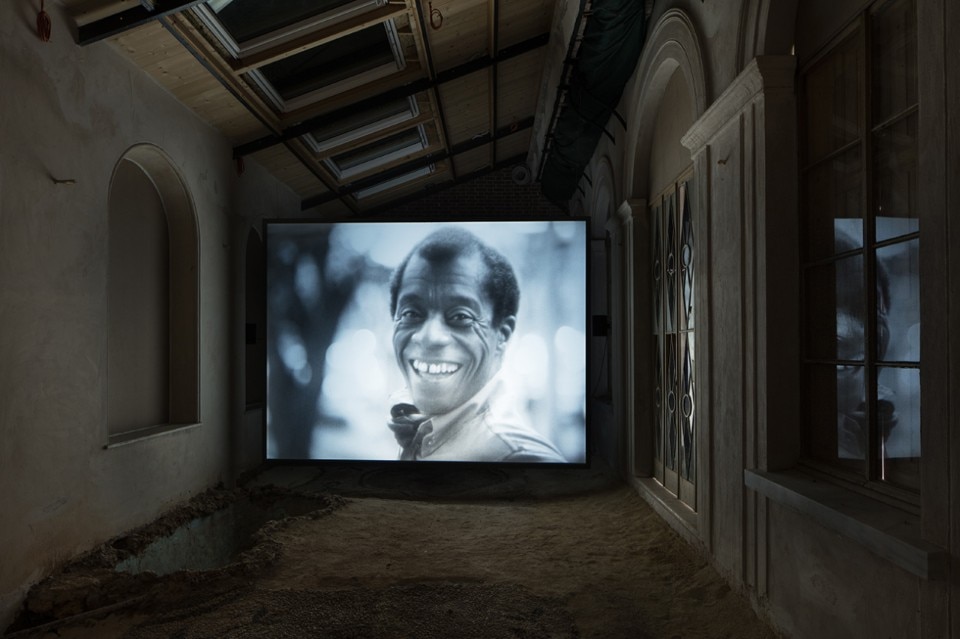
The third significant location is actually Büyükada, the largest of the nine so-called Princes’ Islands set in the Sea of Marmara, a short ferry ride from the mainland with a total population of just 7,000 people and featuring the remains of a Byzantine palace and monastery. Büyükada became known as the Prince’s Island as a result of its notoriety, history and beauty as early as the 9th century AD.
As a terra firma enjambement, in an Istanbul park, Monster Chetwynd has installed a children’s slide in the form of a fantastical gorgon. Over on Büyükada, an island in the Marmara Sea, she has placed a number of large, fantastical creatures, a snake, crocodile, a spider and a bat, under the portico of a ruined mansion: offering a scary, ironical and irreverent playground. Several of Büyükada’s overgrown and abandoned summer residences provide venues for other artists. The best is a thoughtful installation of work by Glenn Ligon. In one room, he shows Istanbul-born film-maker Sedat Pakay’s 1970 documentary From Another Place.
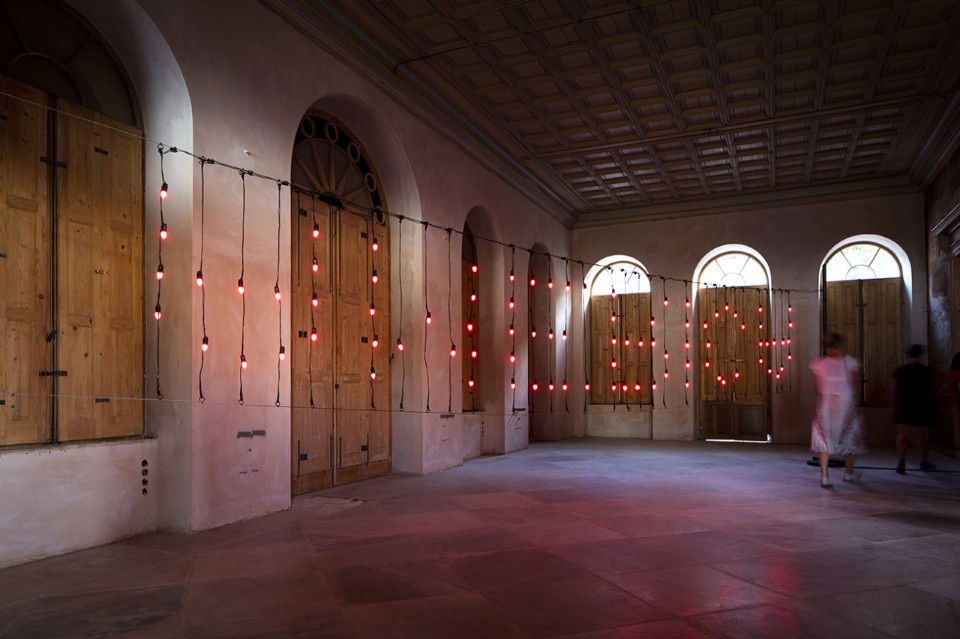
In front of the sea, Personal Plots (2019) by Andrea Zittel, produces a large scale outdoor sculpture as a response to cultural attitudes about private property, personal space and structures of real estate, as well as the resulting structures of debt and bondage. Low concrete block walls that demarcate human-sized, cell-like spaces that recall office cubicle, a private bedroom, or a cemetery plot. The work points to the way in which space, and its delineation, can be used as a medium for control and alienation while simultaneously marketed as a source of security, privacy and individualism.
The works, installed on such an island-of-an-island parcours, perform this very notion of Real, already negotiating the global circulatory of exhibition practice and the subsequent hauling of artworks across borders, currencies and infrastructures, meanwhile ensuring that while these sentient beings may be coaxed momentarily into submission, below the surface they will continue to resist.
- Title:
- 16th Istanbul Biennial, “The Seventh Continent”
- Opening Dates:
- From September 14 to November 10, 2019
- Curated by:
- Nicolas Bourriaud
- Main Venue:
- Painting and Sculpture Museum of the Mimar Sinan Fine Arts University, Pera Museum, Büyükada Island
- City:
- Istanbul


